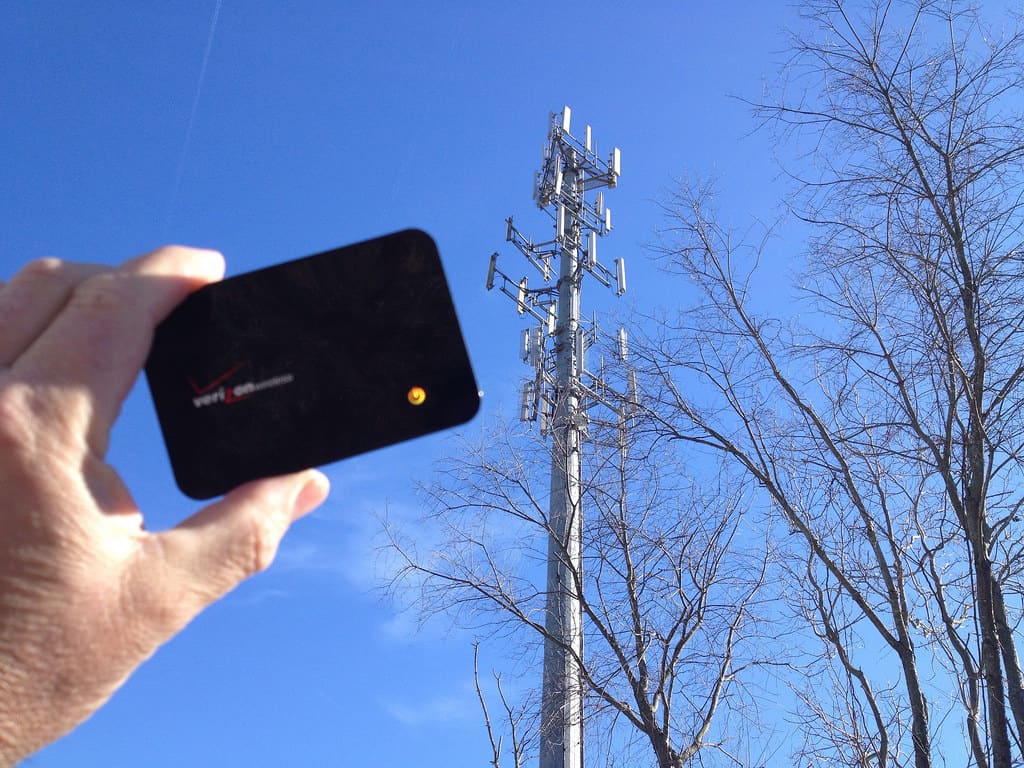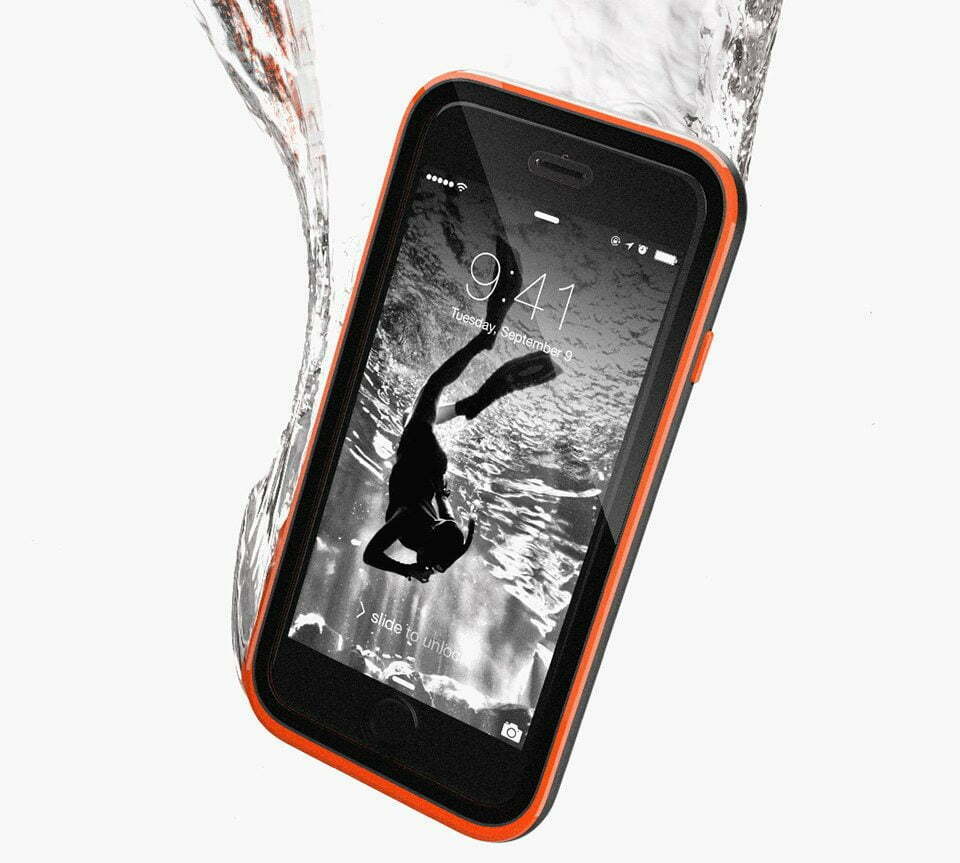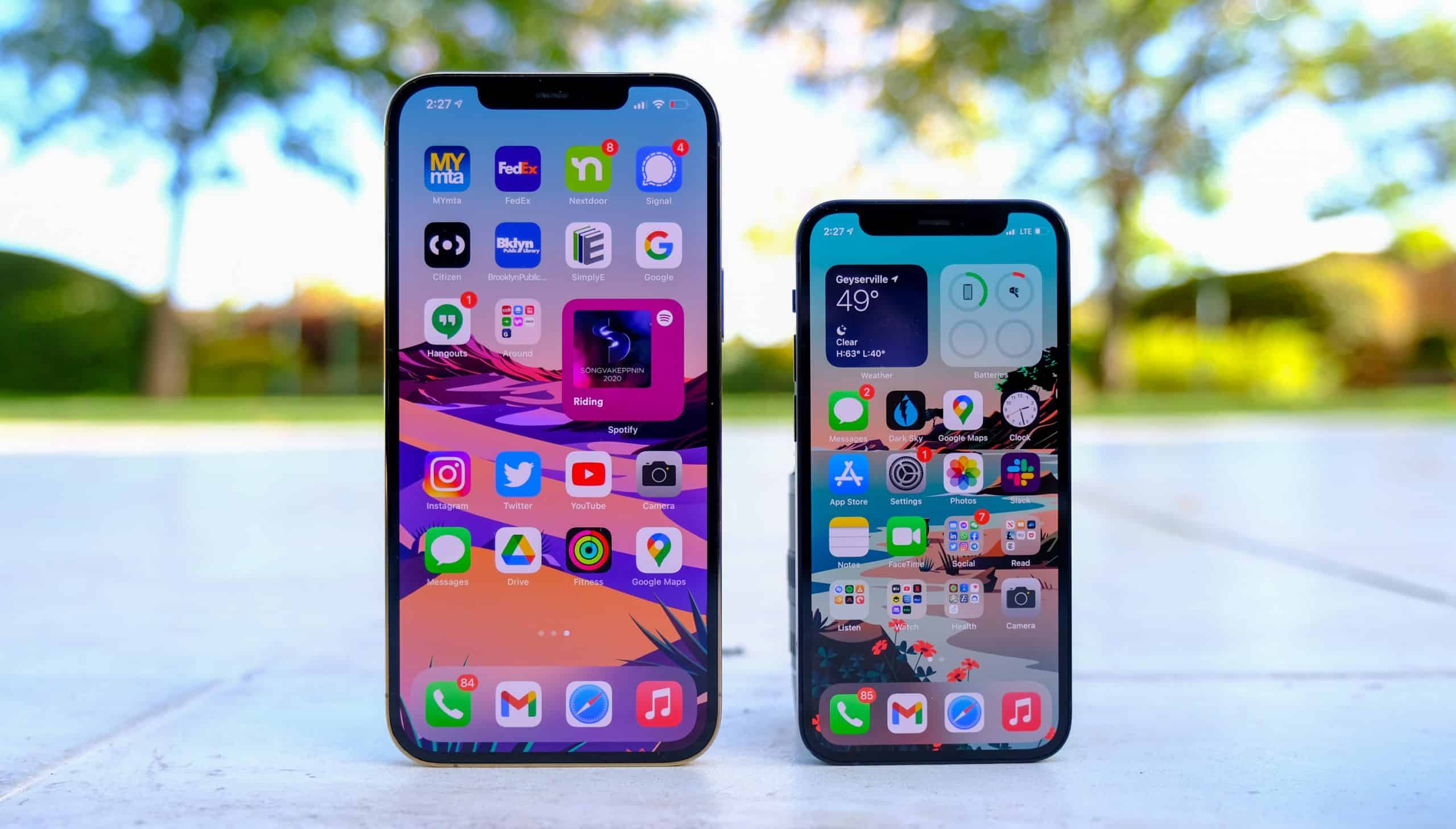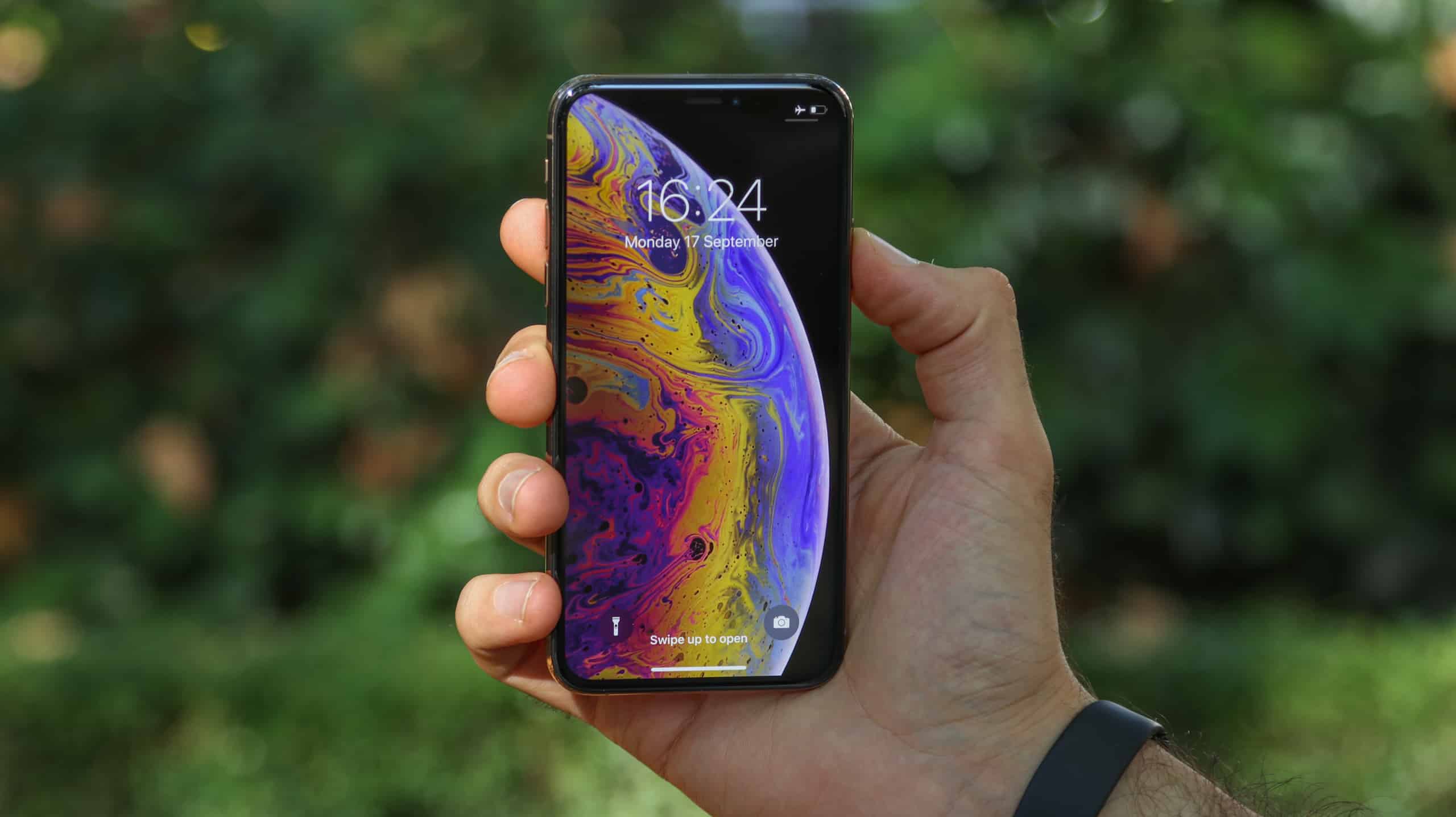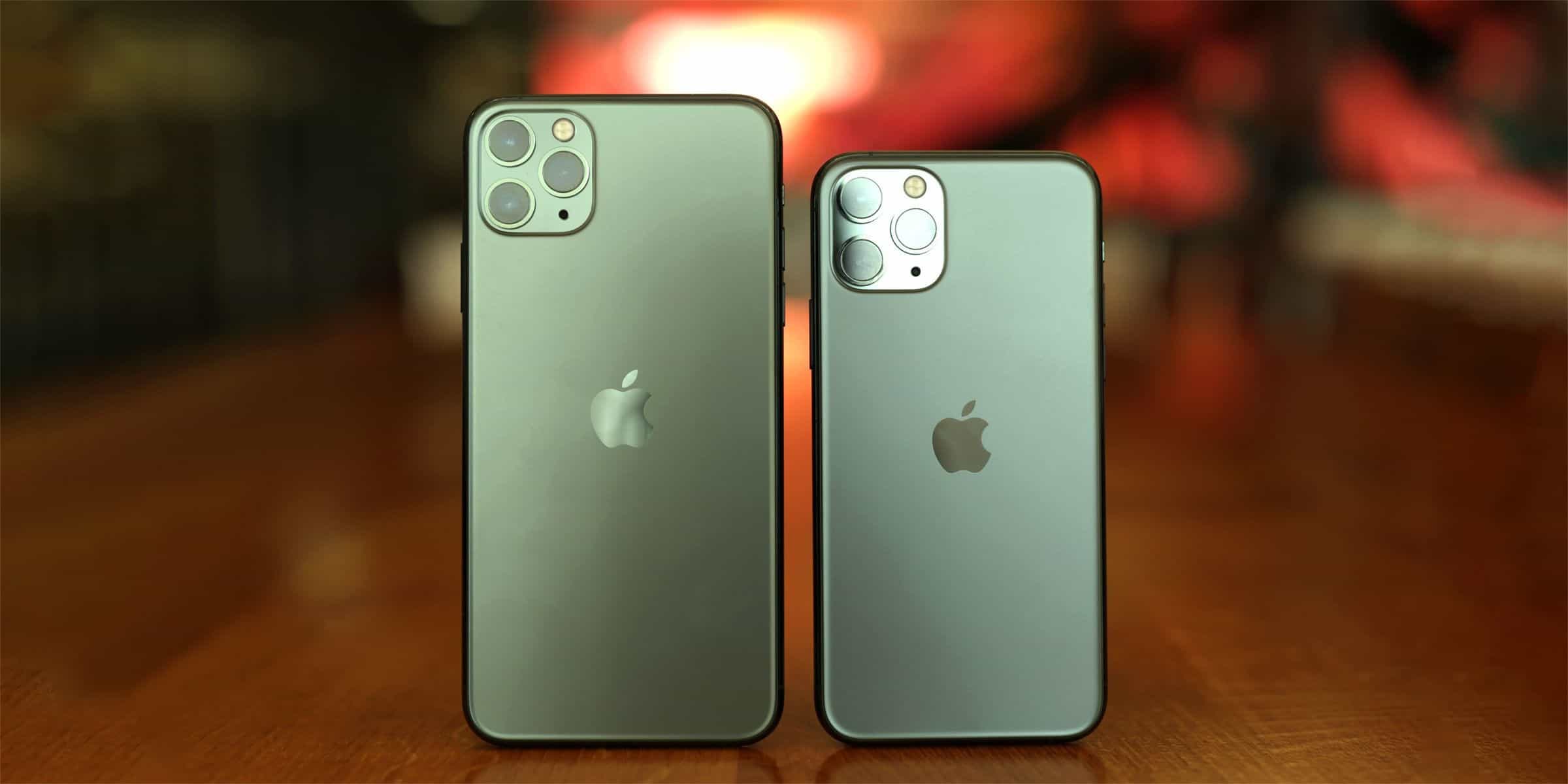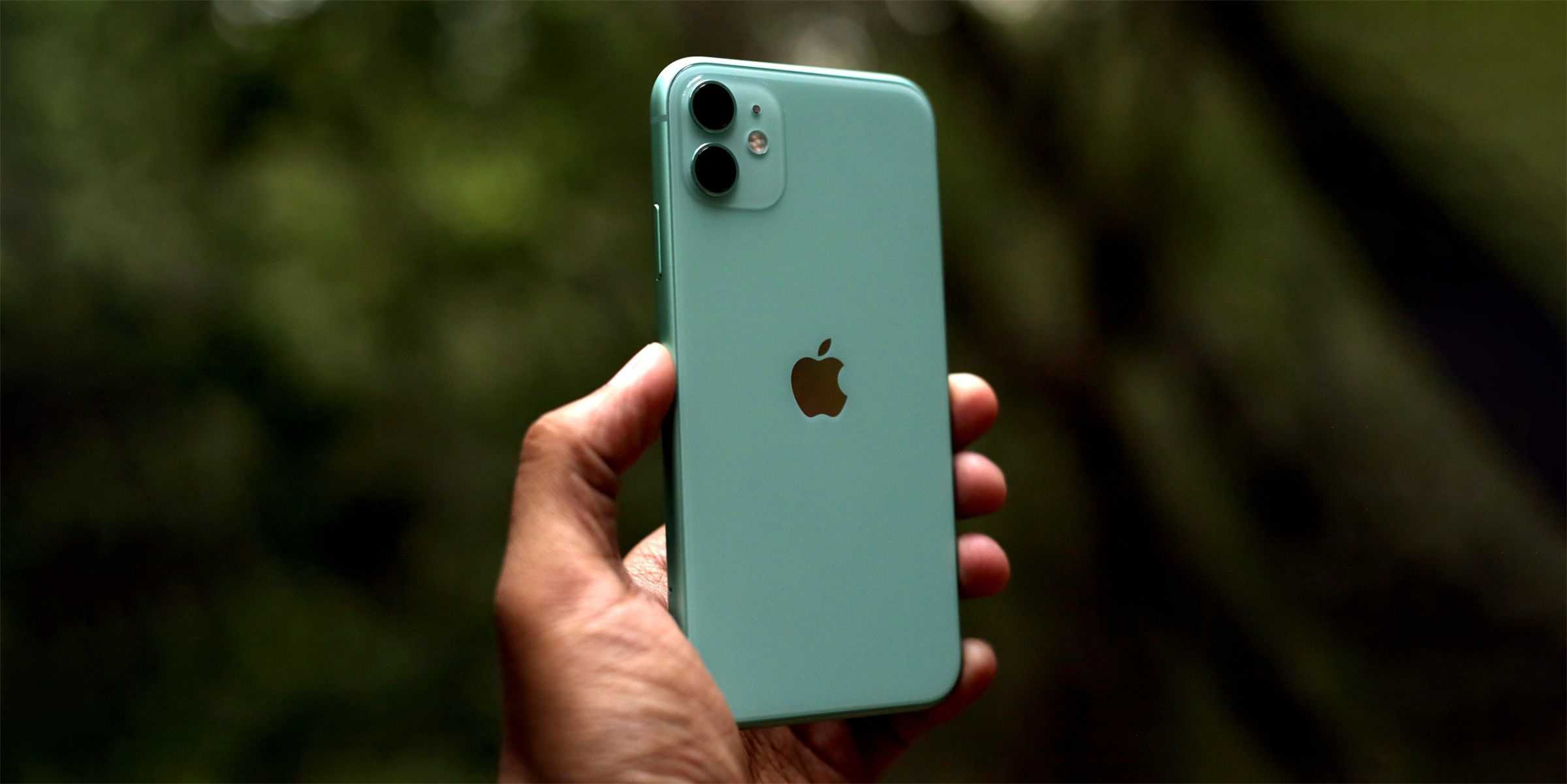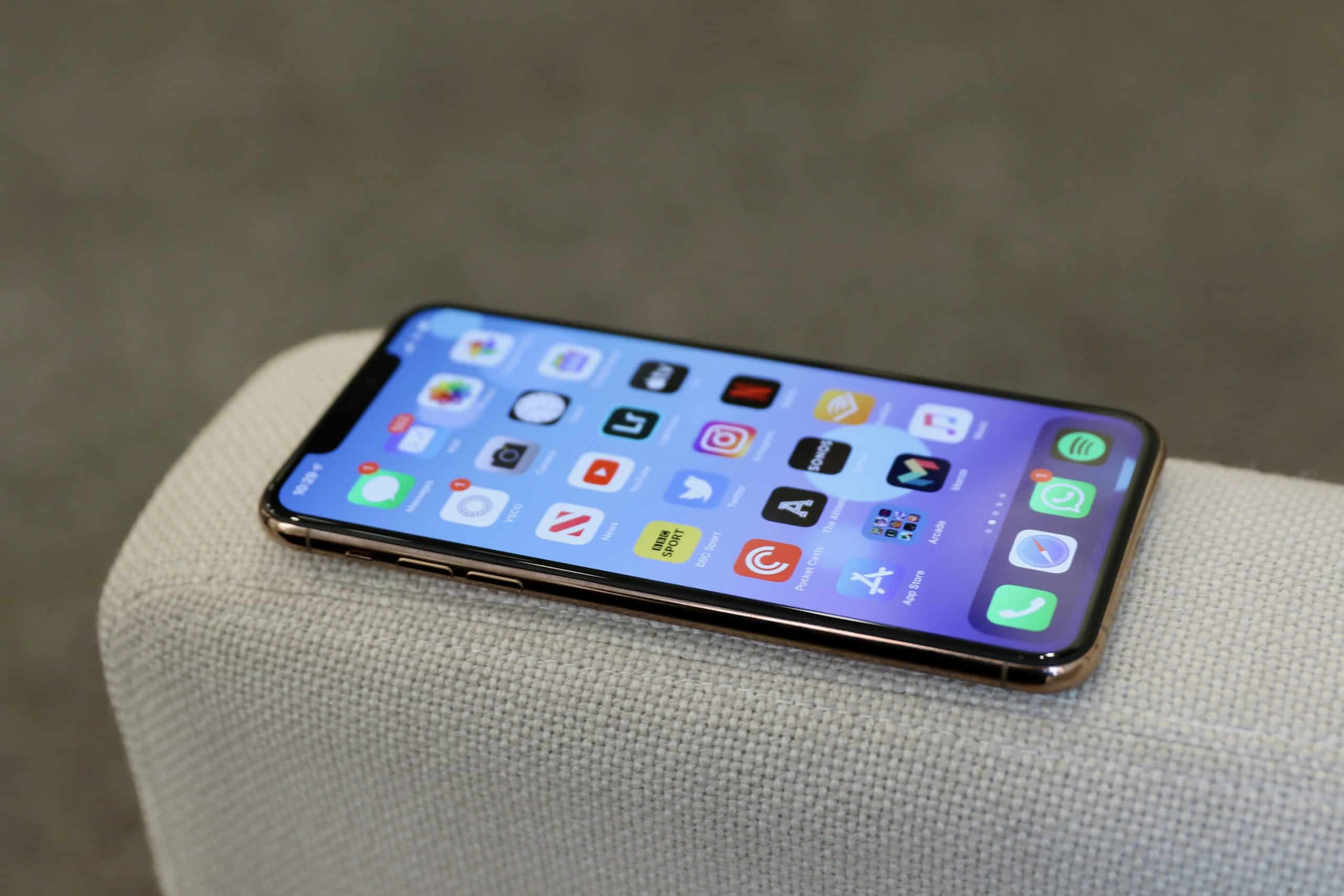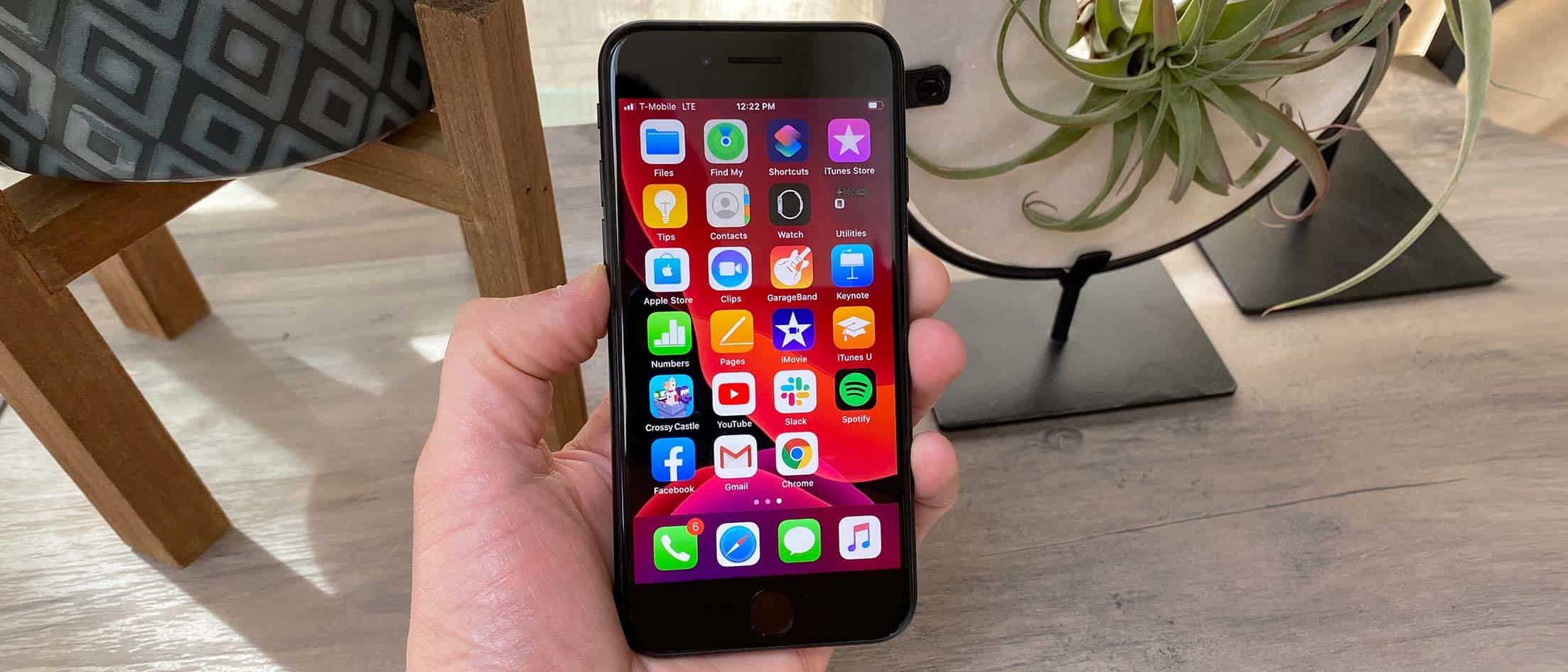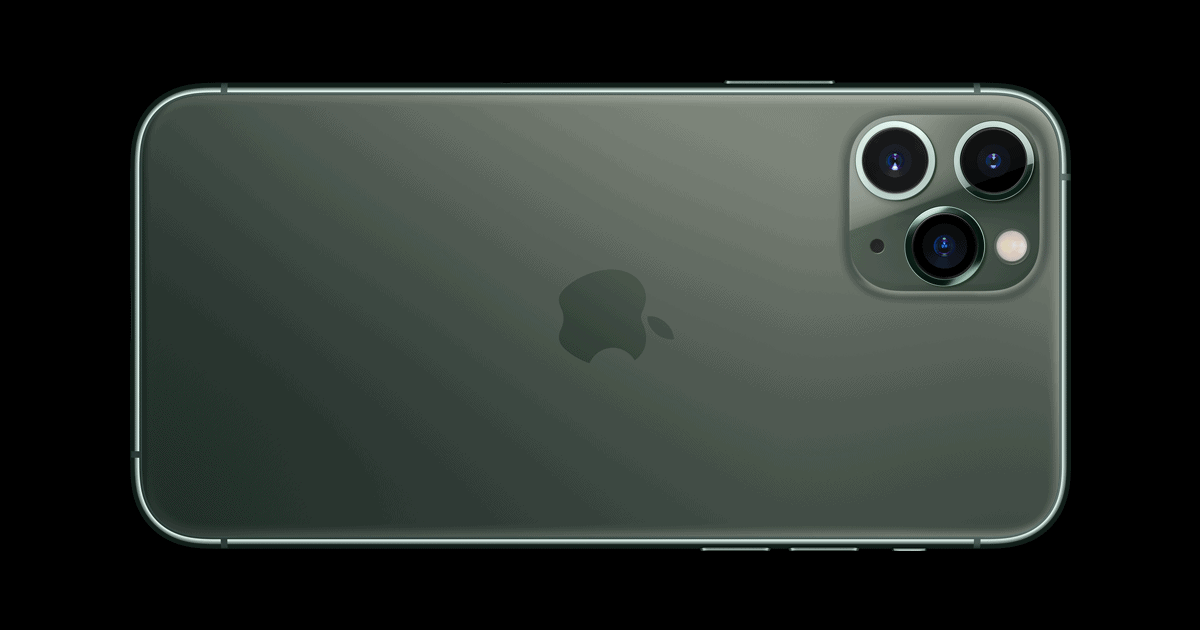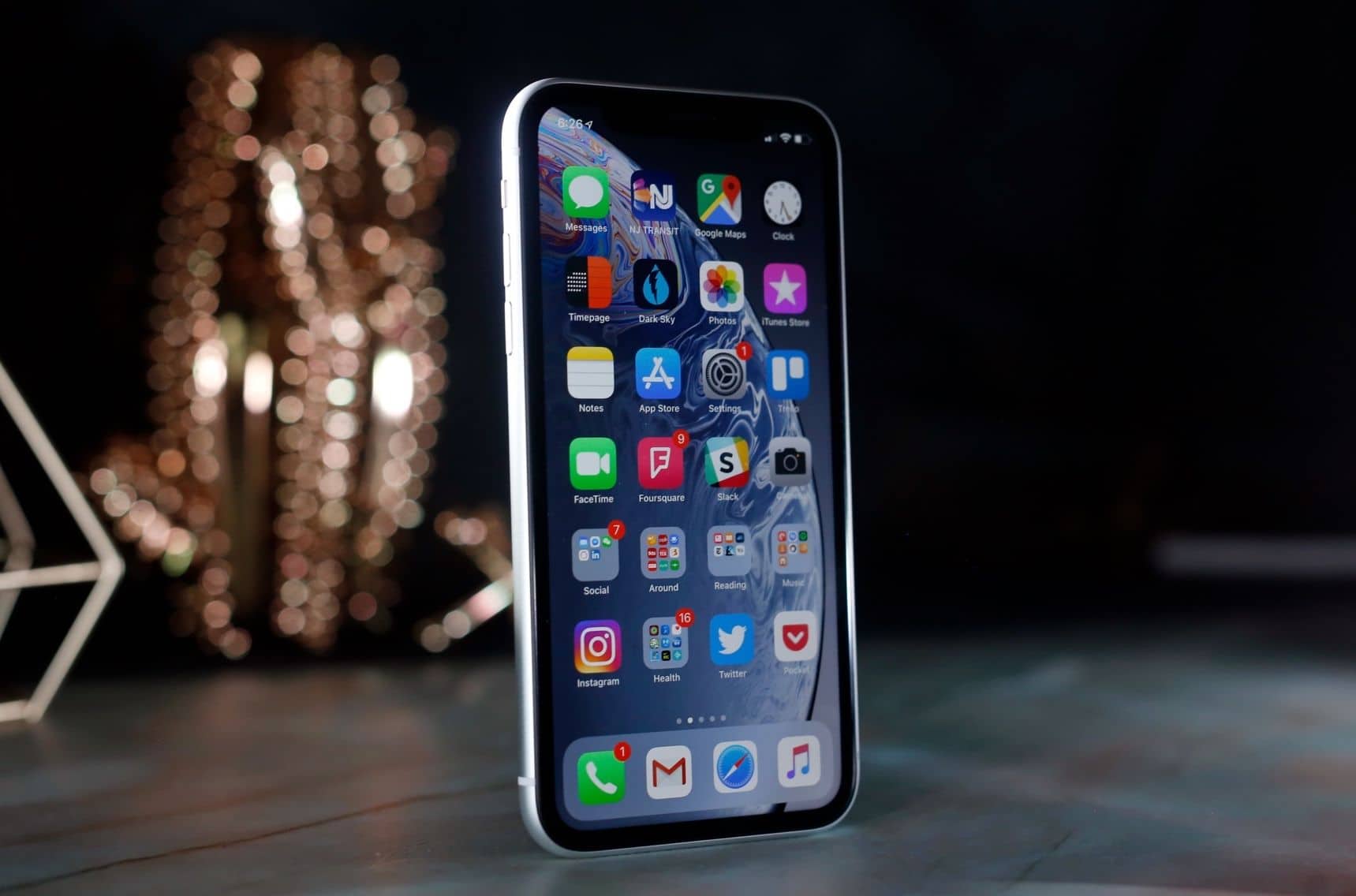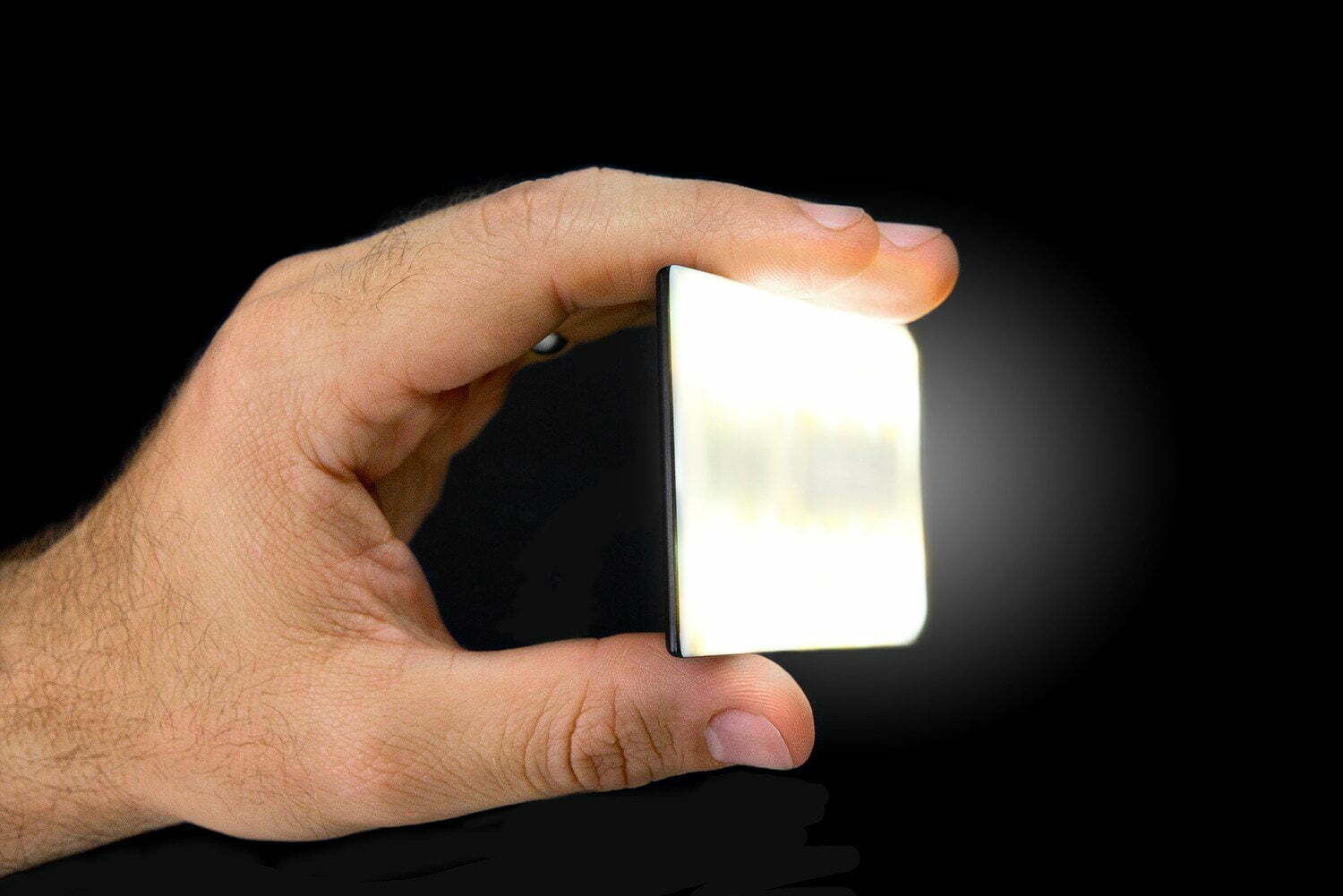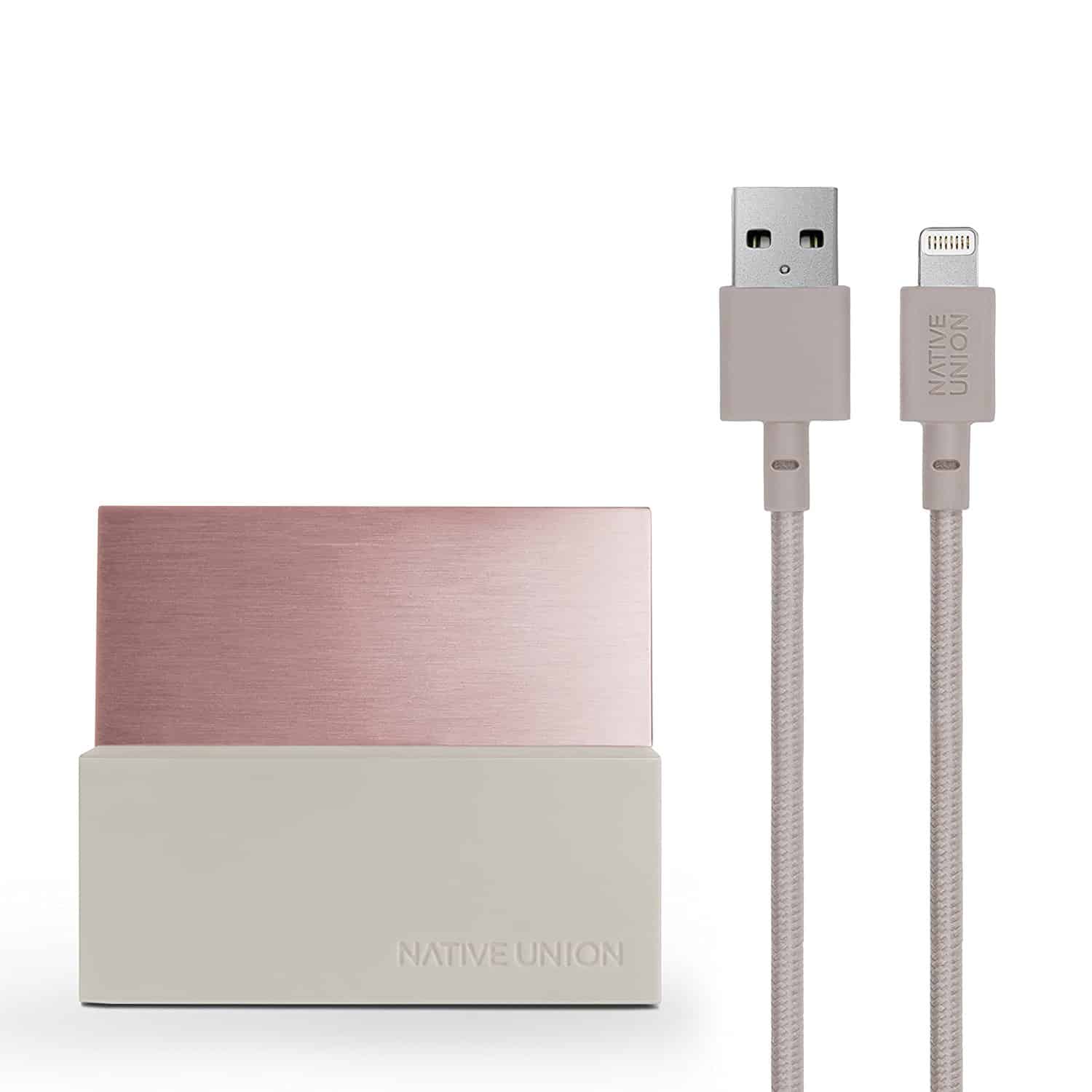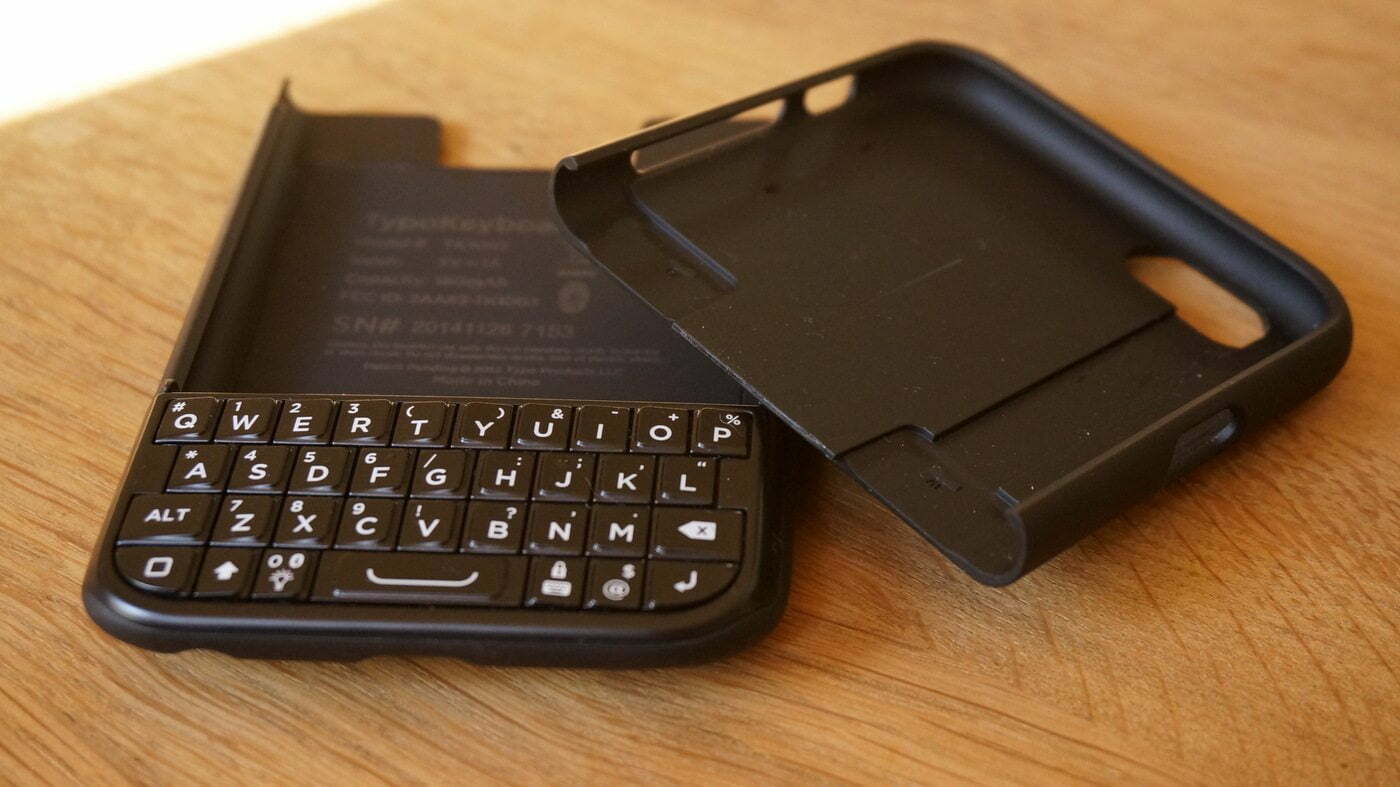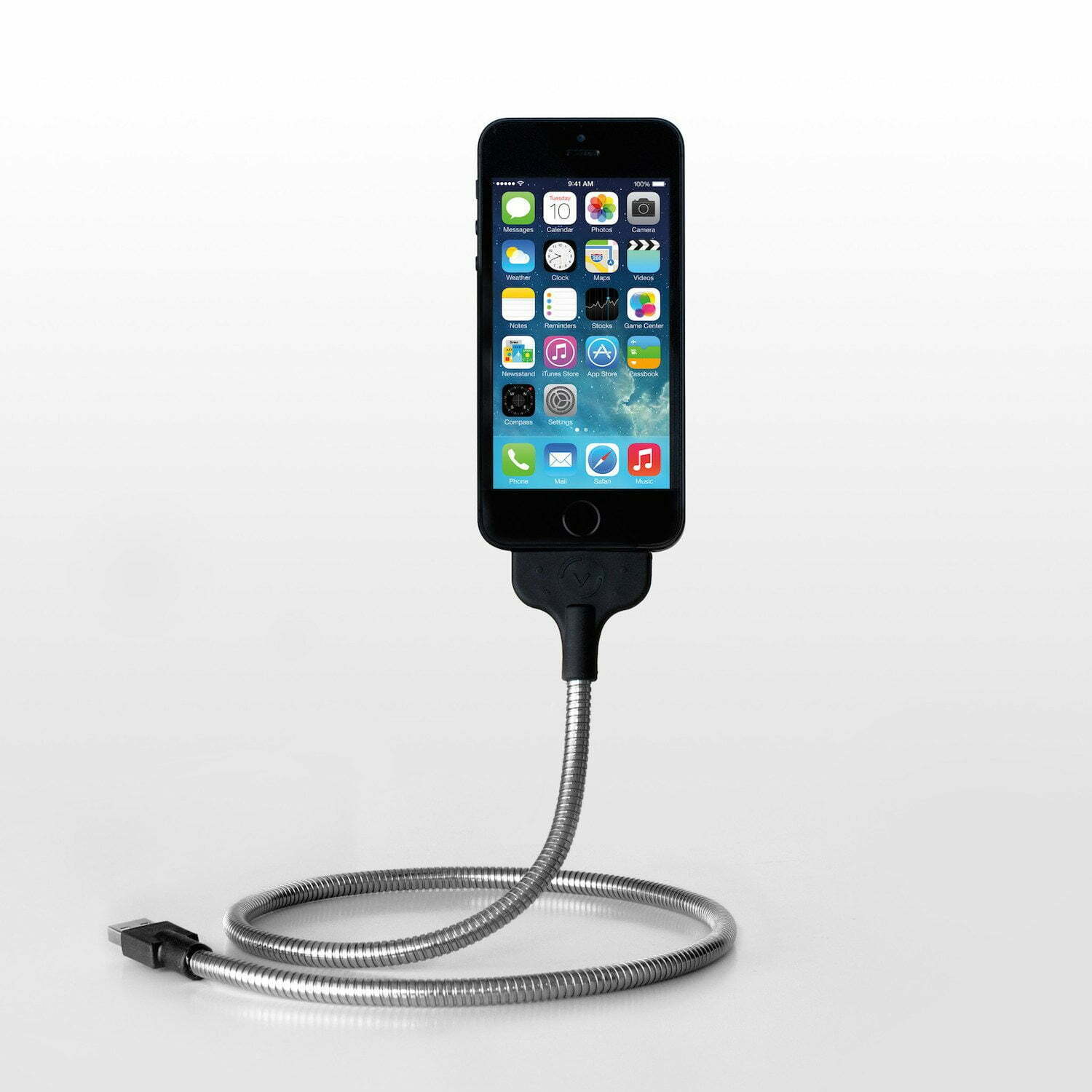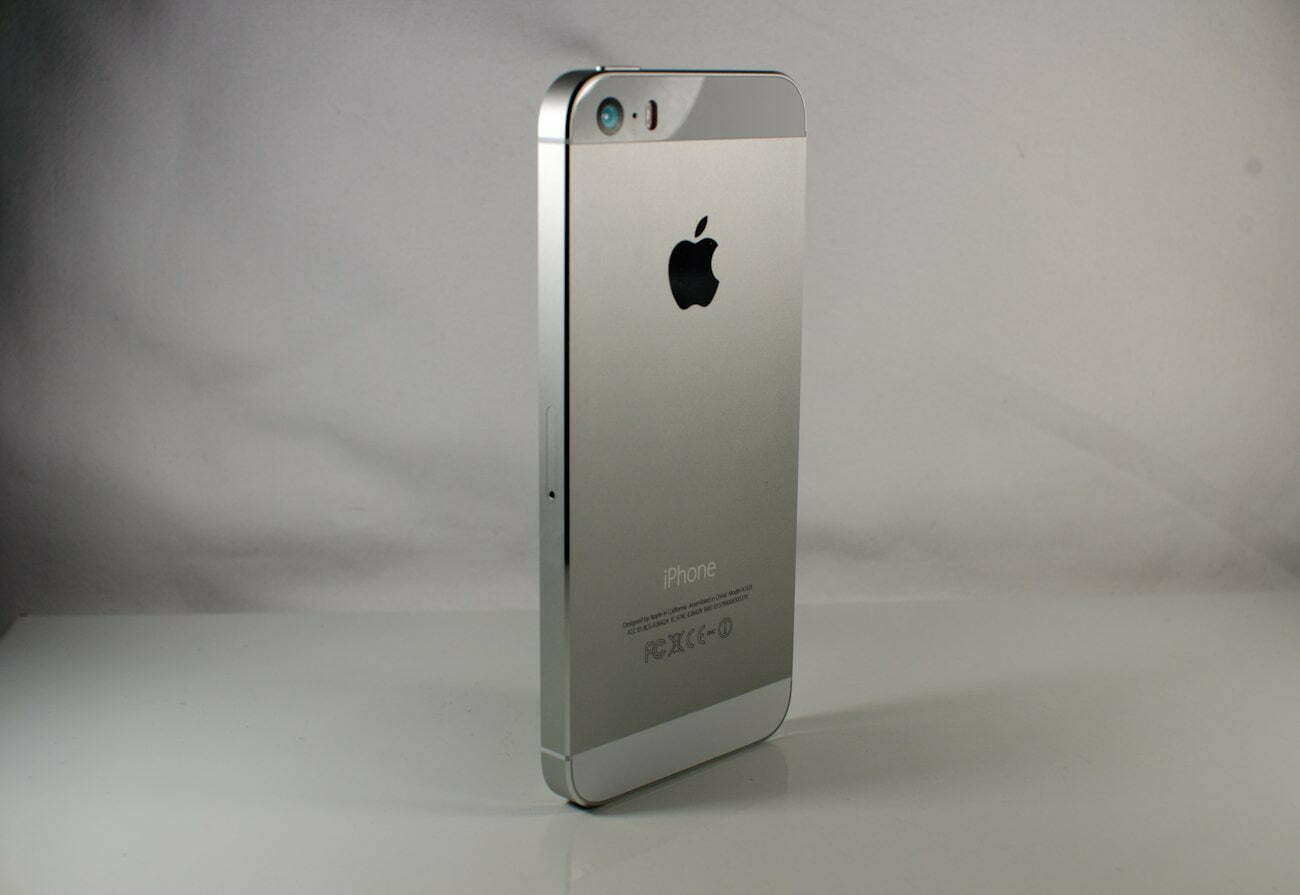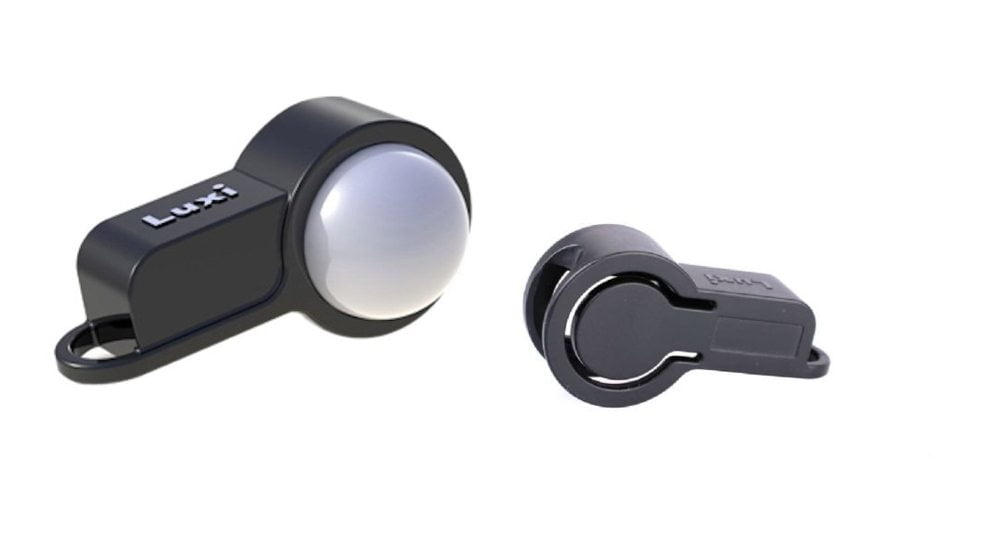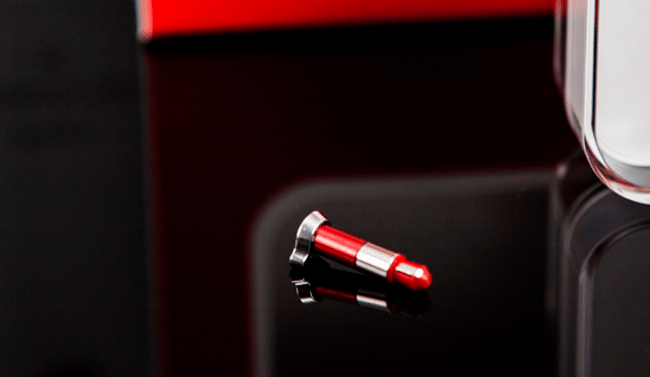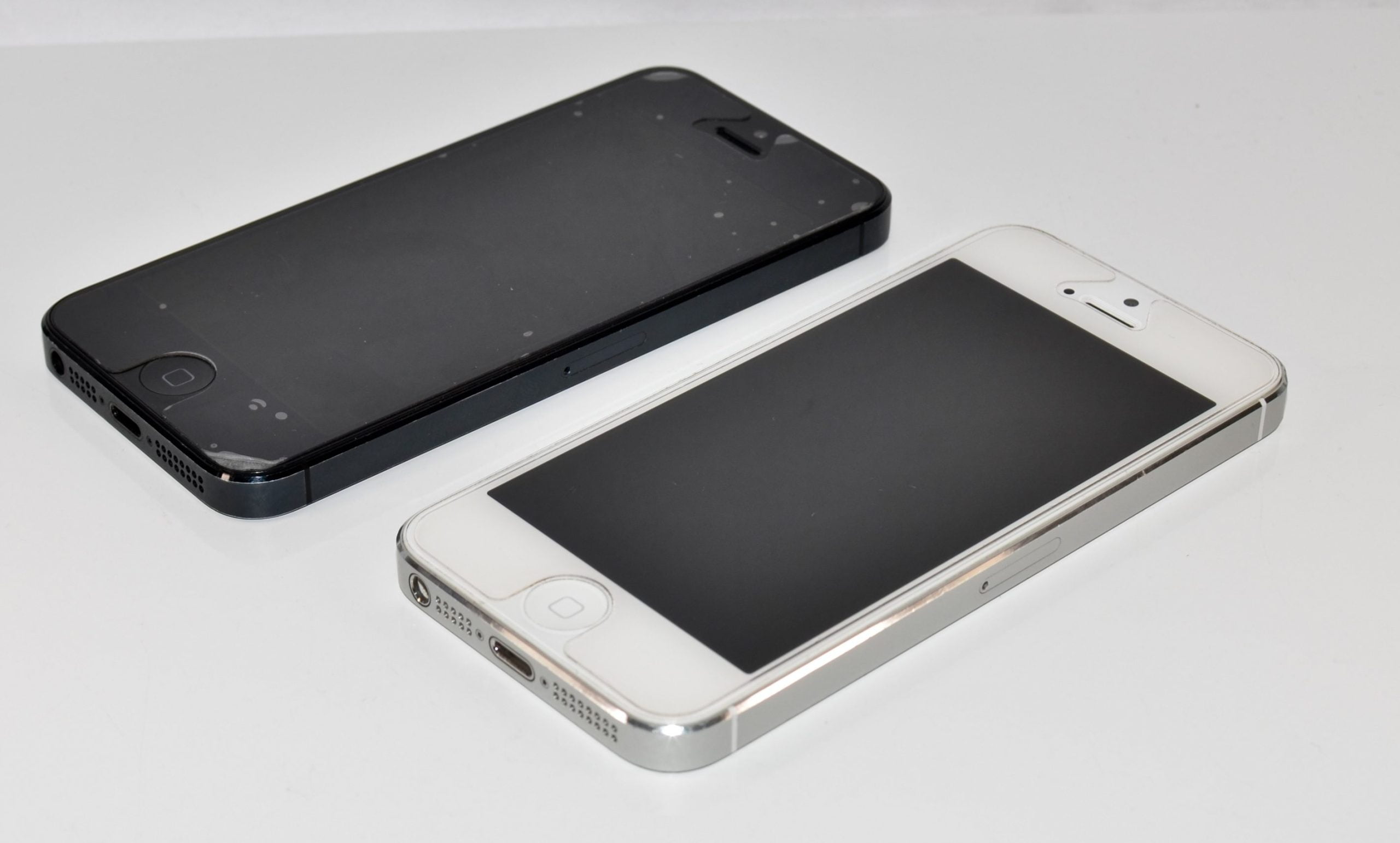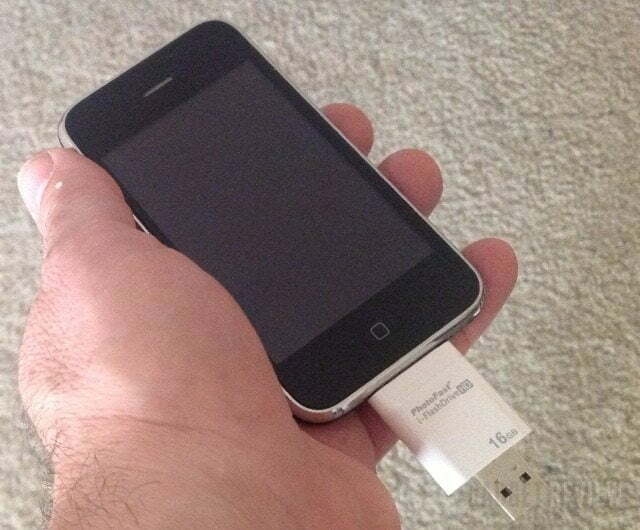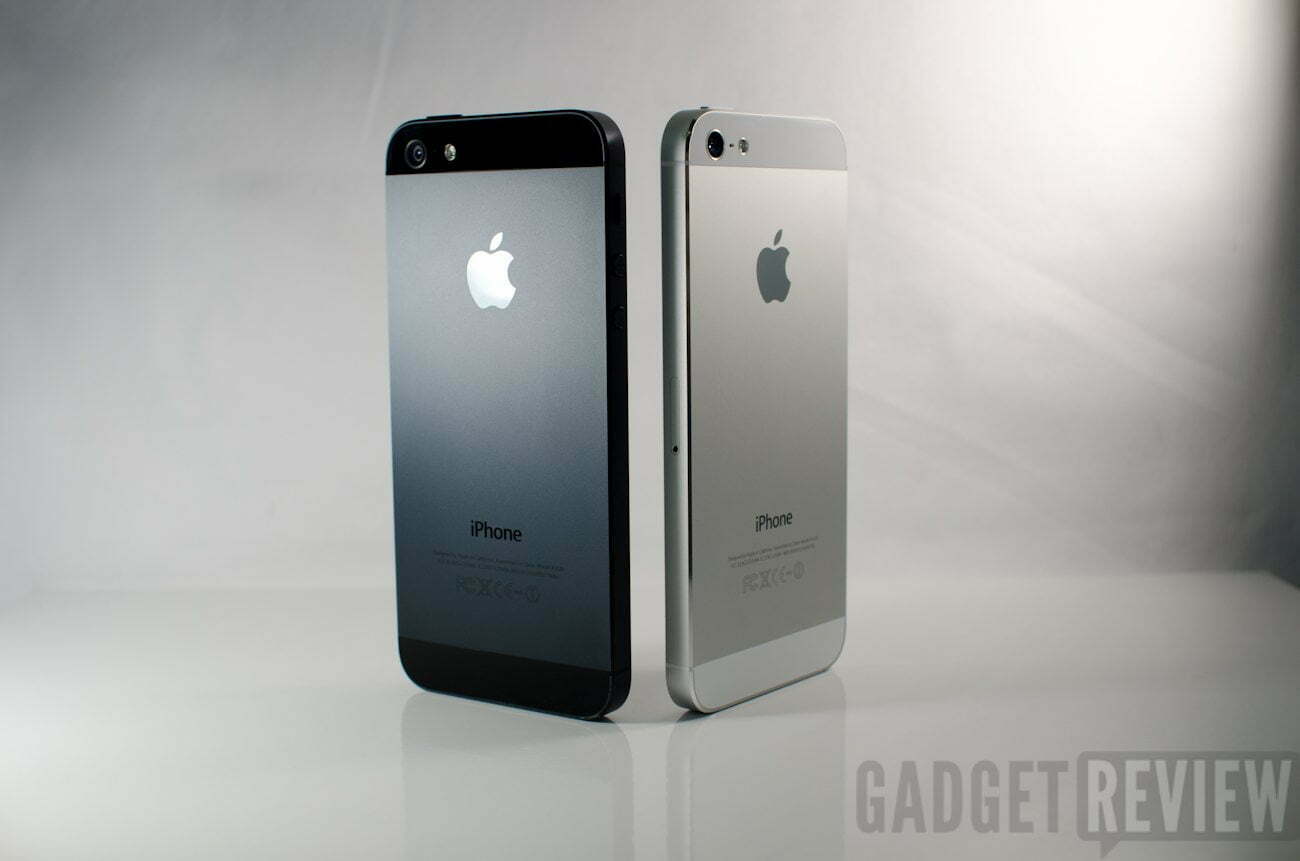With the iPhone 5 officially revealed and out in the wild, there’s only one real question to ask: does its improvements over the 4S make it a better phone than our #1 device, the Samsung Galaxy S III? It was only a few short months ago that we announced Samsung’s flagship device to be the best, and later confirmed it in our full review. With the newest iPhone, can Apple reclaim it’s throne?
Size
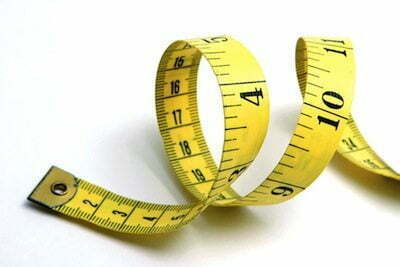
The iPhone may not have been the original smartphone, but one thing that Apple has managed to do so well – better than any competitor – is keep a form factor that is comfortable for one-handed use. As someone who’s on the phone as much as I’m breathing, the ability to use my phone one-handed is crucial. And a large number of people agree. Yet at the same time, bigger screens are becoming increasingly popular because they are more comfortable to look at for viewing media, browsing the internet, etc.
The difference between the iPhone 5 and GS3, then, isn’t the same as it was for the 4S vs the GS3. The 4S was smaller in every way, and lacked a widescreen display. The 5 has a larger 4″ display, displays at 16:9 for proper media viewing, and keeps that thin body for one-handed use while tacking on more screen real estate space.
Is a 4″ display that much better than a 3.5″ screen when compared to the GS3’s massive 4.8″ display? Actually, yes it is. It’s a huge difference. But is it enough to make the smaller phone better? Too tough to say until we get a unit in to hold and play with.
Winner: Tie, because while size is crucial and personal, the GS3 no longer has all the advantages it once did over the iPhone 4S. We’ll have to wait until we can actually use an iPhone 5 to make this judgment.
Appearance

The GS3 never really was a stunning looking device, though it does look great in white. But the iPhone? I wouldn’t say iconic, but it certainly does draw people’s attention, even if they’re everywhere. The iPhone 5 ups the ante in design with extremely contoured edges, high precision angles, and a new hardened aluminum back cover that manages to look better and still be safer than the 4/4S’ glass.
Winner: iPhone 5, with a great slightly new design that really fleshes out what the iPhone is.
Display
![]()
The three reasons why the GS3 beat out the iPhone 4S was because the display was bigger, a higher resolution, and offered better color contrast. The first two are still true against the iPhone 5, albeit that gap has shortened since the iPhone now has an 1163×640 display (compared to the GS3’s 1280×720 display). That’s 9% less pixels than the GS3, but also 0.8 cubic inches of screen space less. Color contrast we’ll have to see when we have a unit for testing.
With the updated display size, the difference in resolution is almost non-existent. It almost seems silly on Apple’s side, however, to keep the lower resolution when all HD media is either 720p or 1080p; unless the company has already designed the iPhone 5 to downscale all HD media to match it’s screen resolution, it’s just going to cause problems down the road for content creators. Worse yet, if all video is downscaled, then it’s going to look worse than on an actual 720p display, even if the aspect ratios are the same.
Then there’s size; the iPhone 5 is still smaller (iPhone 5, 4″ display…heh), which isn’t necessarily better for viewing media. Sure, it’s better to hold in the hand, but a smaller display isn’t right for everyone. And until we can actually play with an iPhone 5 to see how good the improved screen is, it’s clear to me that the GS3 still has the upper hand thanks to a proper HD resolution and larger display.
Winner: Galaxy S III, which has a larger, higher resolution display proper HD display that can display video at it’s native size without downscaling.
Operating System
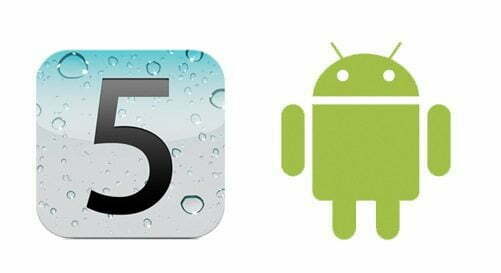
Every time we ask which OS is better, I always go back to iOS. Even with it’s closed system and many annoying quirks, it is still more stable, simpler to use, and a generally better experience than Android. iOS 6, which I’ve played with for a few months, is equally decent, and offers some significant improvements to the OS. Even without them, iOS is still better than Android as it is now.
Winner: iPhone 5, because Android 4.1 isn’t as good as iOS 5, let alone iOS 6.
Processor
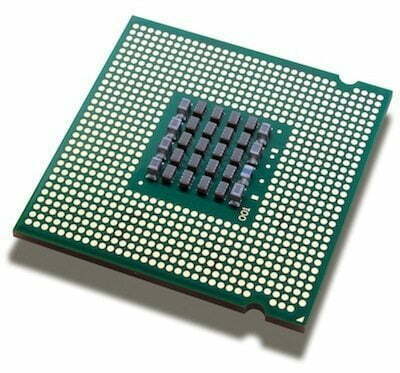
Last time, I said that the GS3 was more powerful than the iPhone 4S because it was a more powerful, newer CPU, with an enhanced GPU that would likely outperform the 4S. That won’t be the case with the iPhone 5…at least not for general computation and use.
The iPhone 5 uses the A6, which is actually an ARM Cortex-A15 system-on-a-chip. That’s compared to the ARM Cortex-A9 architecture nearly every other smartphone uses, and according to ARM, the A15 is conservatively 25% faster than the A9 with all other things identical (clock speed, die size, etc.). That is to say, there is very little chance that any chip is better than the one the new iPhone 5 has.
At least, when it comes to general computational power. If it comes to raw speed, that may not be the case, as Apple itself has shown by implementing the new iPod Touch with an A5x, which has more raw power but pays the price of higher power consumption. But compared to the GS3, the iPhone 5 will be both faster and more efficient when it comes to the CPU.
Winner: iPhone 5, which uses a new dual-core A6 processor which is more efficient and more powerful than today’s ARM processors.
Storage
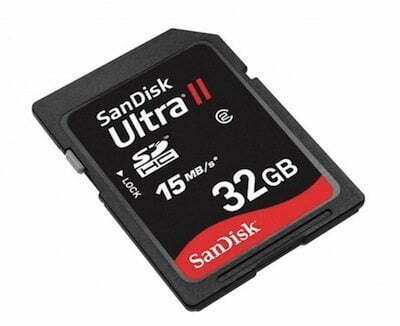
Surprise surprise, the iPhone 5 has no expandable memory. It also comes in the same storage sizes as before – 16GB, 32GB, and 64GB. The GS3? It starts for $16GB, and has expandable memory. There’s also a 64GB version, which is only $100 more.
Winner: Galaxy S III, which offers expandable memory on top of identical on-board memory for less.
Wireless Connectivity
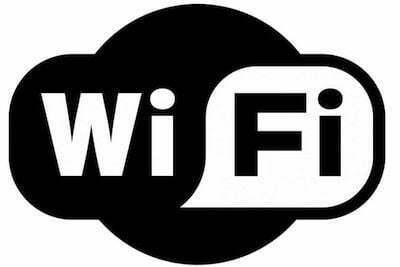
The iPhone 5 finally brings the iPhone to LTE, which is great news for Verizon and Sprint users who previously only had access to 3G CDMA networks. The GSM model will also support LTE, plus HSPA+, so even though LTE isn’t really available outside of the US. the few countries with it will have access through the iPhone, and anyone who purchases the newer Apple smartphone with LTE networks coming online will have immediate access.
And the GS3? It already supported those networks since May. The only difference is that the GS3 released on essentially all carriers in the US, and is available through everyone worldwide. In terms of wireless connectivity, it also supports NFC and FM radio. We’ll have to wait and see how good the iPhone 5’s Wi-Fi antenna is before that’s a deciding factor.
Winner: Galaxy S III, which has NFC, FM radio, and is available on more carriers worldwide.
Camera
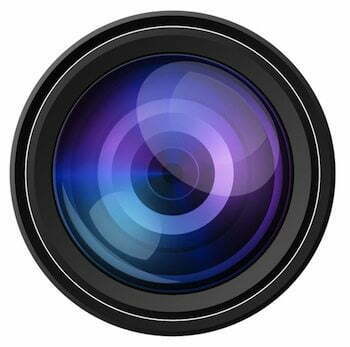
Previously, it was a tie between the iPhone 4S and Galaxy S III, which I said was only because I needed the GS3 in for testing. Then we ran some exhaustive tests between the cameras, and found them surprisingly evenly matched. Chances are, that won’t be the case with the iPhone 5.
The improvements to the iPhone 5’s camera are few, but if they’re even a quarter as major for the end picture as Apple says, then it’ll be a big enough improvement to once again make the iPhone camera king. Previously I found that the iPhone 4S shot on par with the Lumia 900 and GS3. The only device I haven’t tested it against with a potentially better camera is the Nokia Purview 808.
Winner: iPhone 5, which with even a slight improvement will have a better shooter than the Galaxy S III.
Battery Life

Without more data, this one is tough to say. Part of the reason the iPhone 5 has increased in size isn’t just to make it a widescreen display; it was also to increase the battery size so the phone could handle LTE and other new features. There’s no doubt in my mind that the iPhone 5 has a larger battery, perhaps up to ~1600mAh, which was the standard for smartphones a year or two ago. Now, however, most high-end handsets have 2000mAh+ batteries, with some going as high as 3300mAh on the Motorola Droid Razr Maxx.
However, iOS has always been far more power conservative than Android. With minimal use, the iPhone 4S could last 2.5 days on a single charge. Most Android phones can’t do that, even with significantly larger batteries. The GS3 could; Samsung’s flagship was a rarity in this way, even with it’s massive display. But is it better than the iPhone 5’s battery?
At this time, I’ll say yes, for two reasons: first, because the battery in the new iPhone won’t be larger than the 2100mAh battery in the GS3 right now. Second, the iPhone 5 has exactly the same lifespan, according to Apple, as the 4S, even with a larger battery. If the 4S didn’t have better battery life than the GS3, then by Apple’s own admission neither does the iPhone 5.
Winner: Galaxy S III, which has a larger battery, and according to Apple the iPhone 5 lasts just as long as the 4S, albeit with more functions and a larger screen.
Carriers

We originally thought that the Galaxy S III would release on all carriers but Verizon; that turned out to be hugely wrong, and even with that mistake the iPhone lost its crown as top smartphone. No, the GS3 is available on every major carrier, and pretty much every minor carrier as well. If you get a GS3, there is no doubt that it’ll work with any cell provider in the world.
And the iPhone 5? It’s not available for T-Mobile still, but will be available for some smaller carriers like MetroPCS. We’re just waiting for that announcement. But, even then, T-Mobile is a huge market of customers who would otherwise buy the phone that can’t.
Winner: Galaxy S III, which is available on all carriers, including T-Mobile.
Price

Normally, I’d say that it’s based on today’s price. The iPhone 5 sells for $200, $300, or $400 for the 16GB, 32GB, and 64GB models respectively. Those prices for an increase in flash storage are not only ridiculous, but a sham against Apple’s own customers. Nearly every competing phone and tablet these days is offering a boost in storage for $50-$70, and for smartphones it’s almost always $50.
Meanwhile, the Galaxy S III started selling for $200, and the 64GB model sold for $300. Now, you can buy the GS3 for as low as $100 (all prices include a two-year contract). But more importantly, you get that lower-price across any carrier, and if you decide to wait or haven’t completed your contract yet, you can wait and the price will actually go down. Because that’s how things work in a capitalist economy.
Winner: Galaxy S III, which is less expensive and more price friendly in every way.
Overall Winner
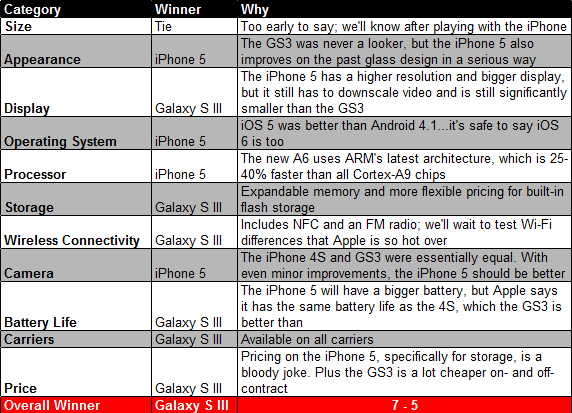
While I was surprised, and in many ways happy, to see the iPhone had finally met its match in the Galaxy S III, the recent ruling on Samsung’s copyright infringement may point to an obvious reason why. Yet even then, Apple has in three very serious ways limited the iPhone 5 when compared to the best Android phone on the market: storage, carrier availability, and pricing.
When it comes to storage, it’s clear that 16GB isn’t really enough anymore, especially with most major devices moving to 720p graphics or the equivalent thereof. The only reason Apple hasn’t moved in that direction was to save money no pushing more pixels into a display that’s already remarkably dense. The iPhone just doesn’t need another 80 pixels across. Yet it does need a better base amount of flash storage; with over 700,000 apps in the App Store, and with so many good ones, it doesn’t make sense for Apple to sell an iPhone with so little space. I am constantly running out of space on my iPhone 4S and deleting media and apps to make room for new ones. And with no option for expandable media, there’s no chance for me to really get the most out of my phone.
Unless I upgrade to a significantly more expensive device with more storage. That’s the second problem. Apple sells it’s three iPhones with a difference of $100 each, when the difference in mass-producing 16GB vs 32GB of flash storage is literally less than a dollar. Yet Apple is charging over 100x that amount, and making pure profit. That’s a damn shame. The sad irony is that people who realize this but want iPhones can purchase the lower-end model out of principle, but then they have to suffer for two years…and Apple thinks people don’t need the space because they keep buying the lower-end storage option.
Finally, carrier availability. Apple can easily sell on any carrier, but they don’t. This makes sense, but if you live in a big city and use a small carrier, or a big one like T-Mobile, then you can’t subsidize the phone whatsoever. And Apple doesn’t sell their phones for cheap; it costs $650 for an off-contract iPhone 5, and you’ll have to wait a few weeks before they even begin to start selling them.
The most important thing that everyone but Apple understands is that people need to be able to communicate. It’s a necessity, a requirement. Yet Apple treats the iPhone like a luxury good, meaning people who buy it can afford to wait in line, can afford to wait a few weeks for it, etc. But when someone needs a new phone, they will go out and buy it, and if the iPhone 5 isn’t there, available on that person’s carrier of choice and not at a price the individual can afford, then Apple isn’t going to get that sale. That’s partly why the iPhone has 30% of the smartphone market in the US compared to the over 50% of Android. And while Apple’s holding steady, Android is growing.
So even if Apple’s iPhone 5 proves to be a better size, overall, the Samsung Galaxy S III is still a better option for everyday consumers.

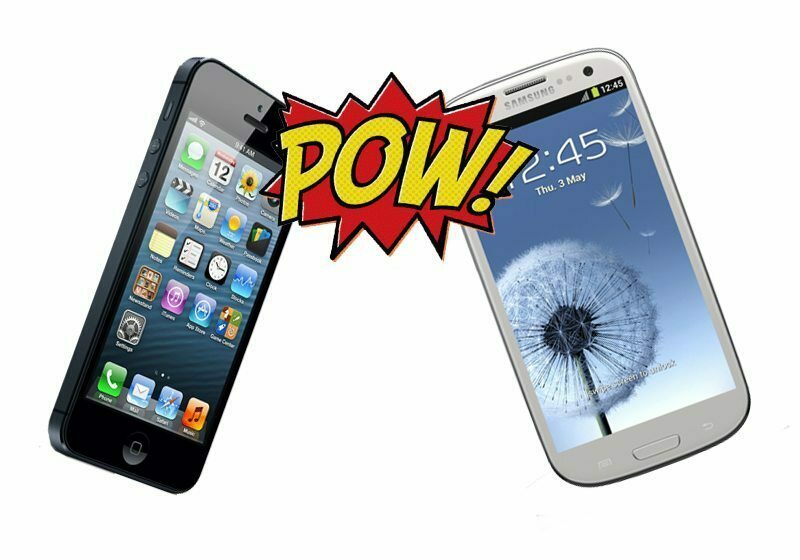

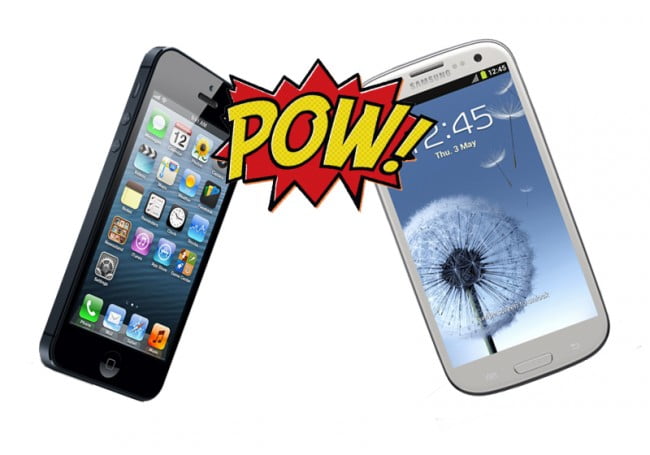












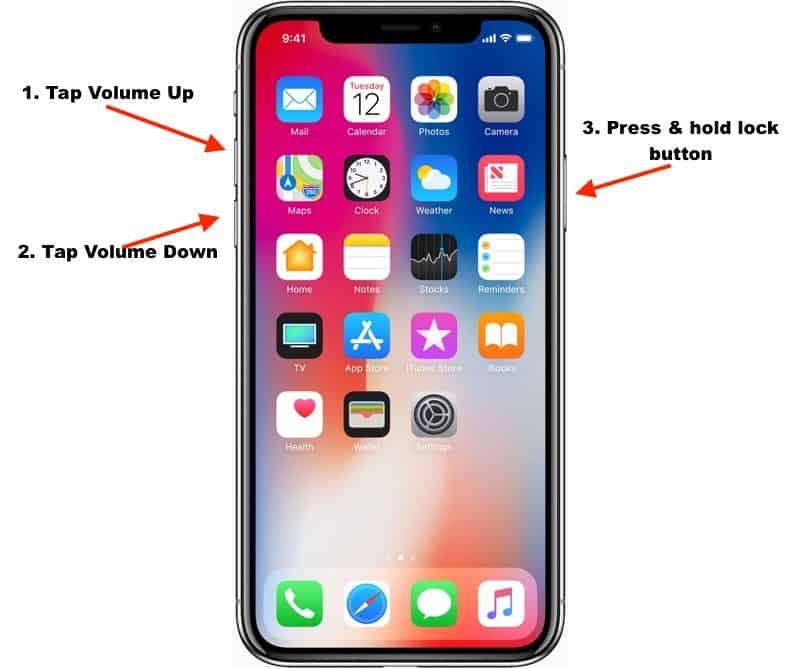

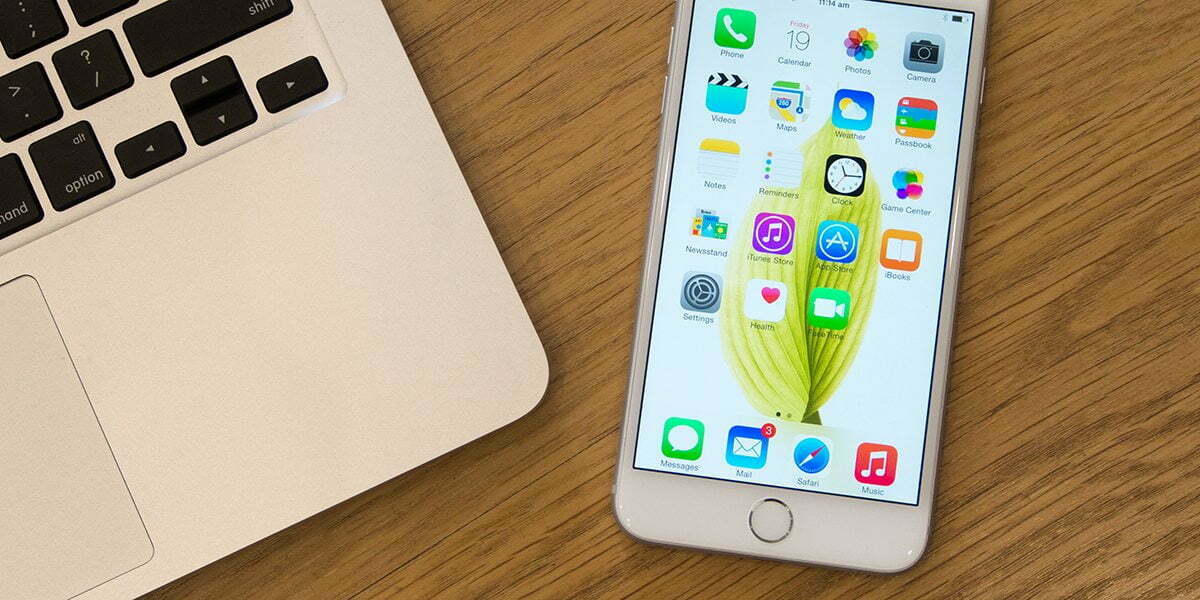

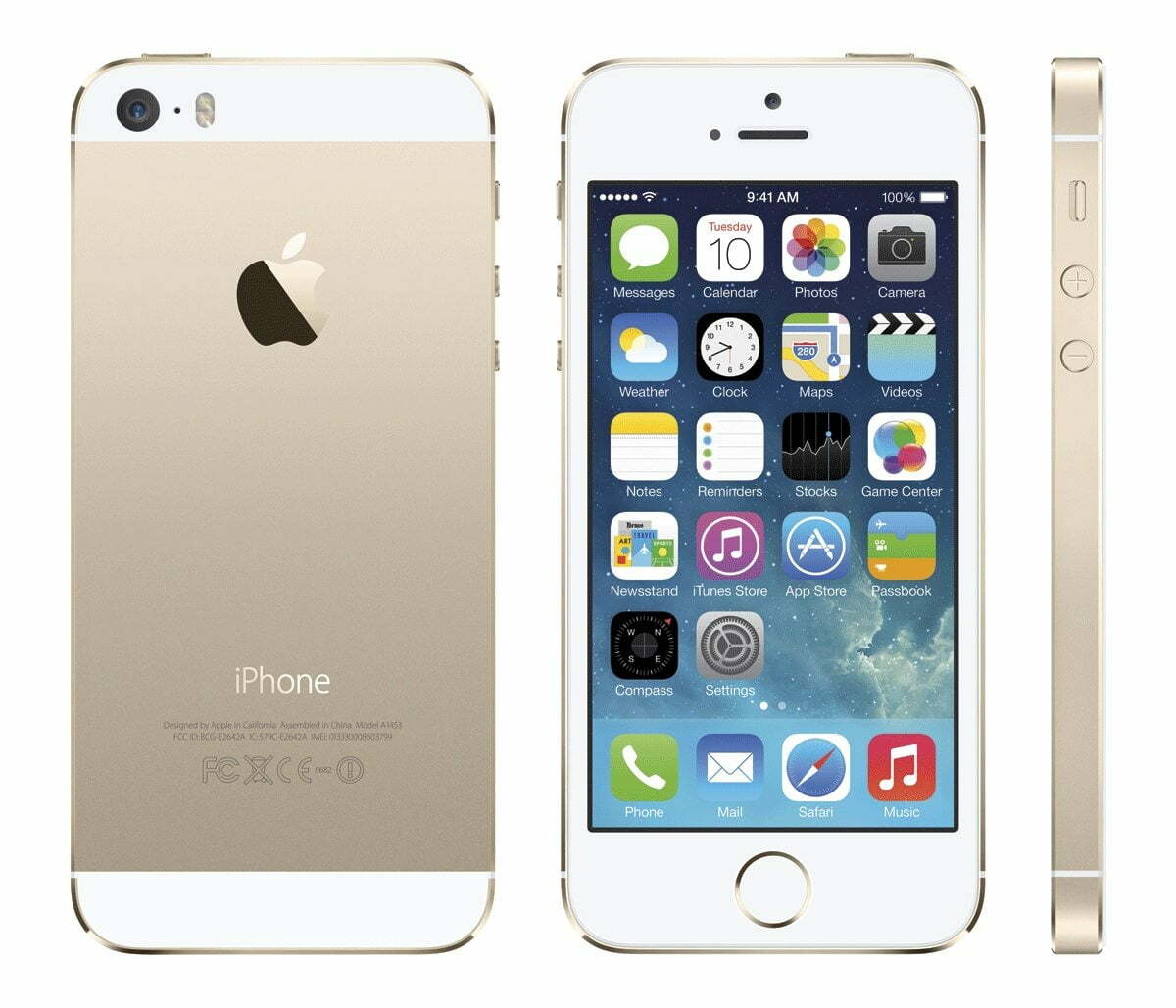
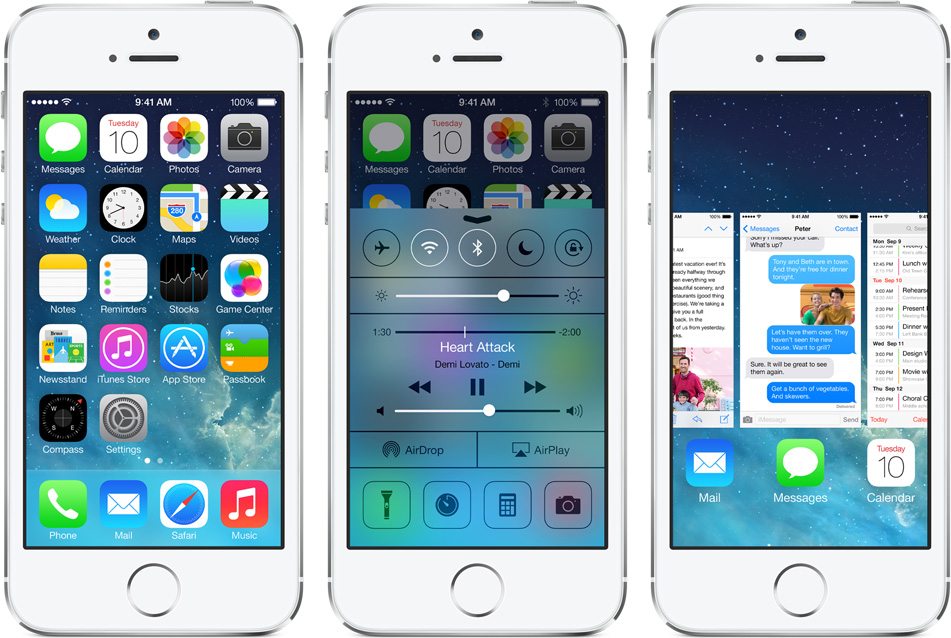
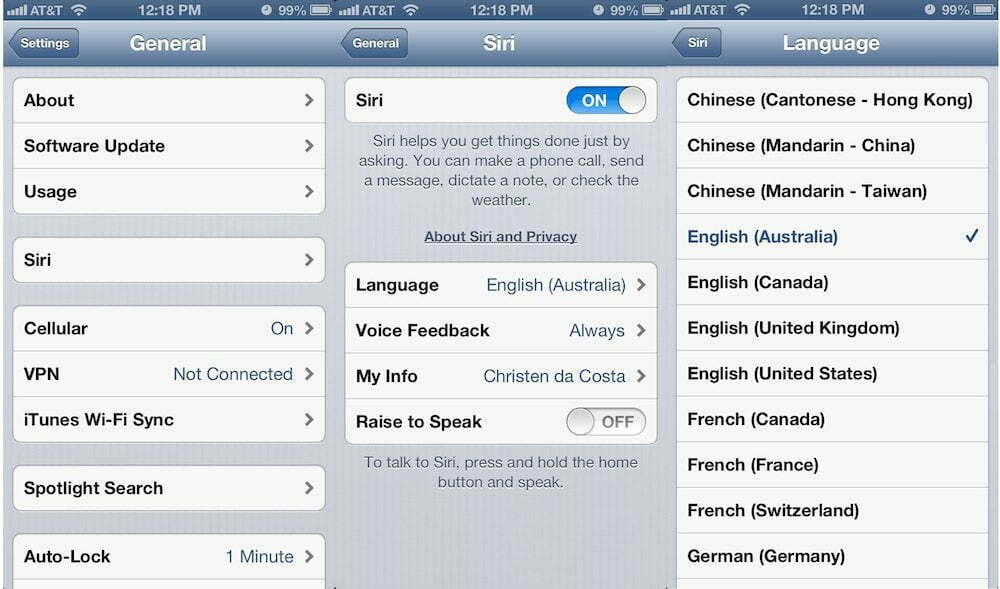
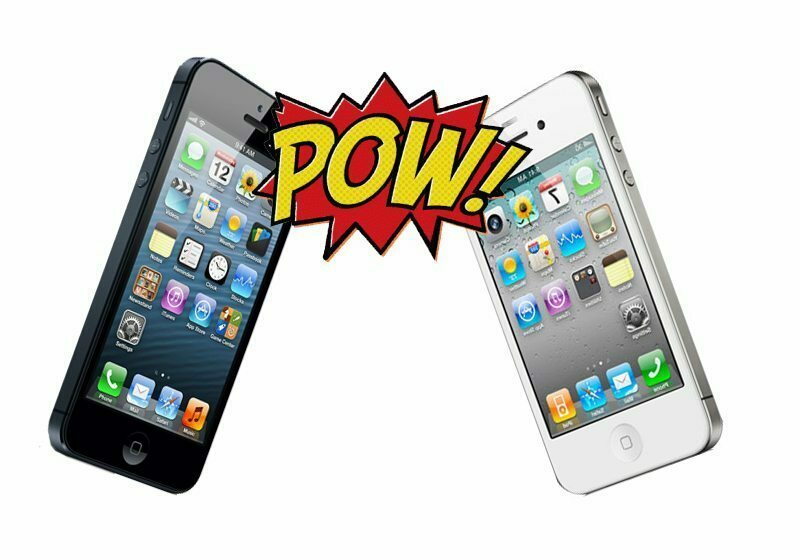
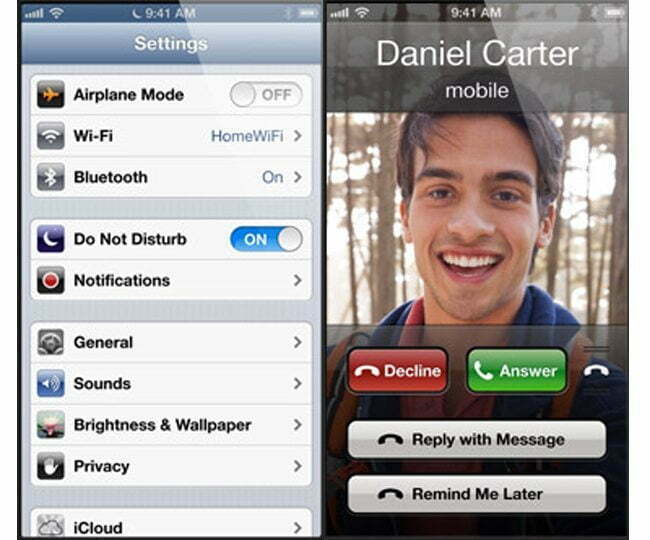
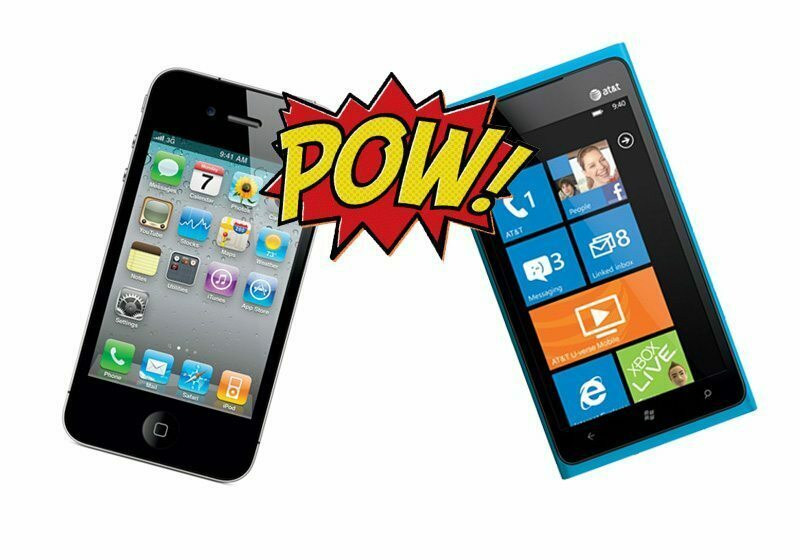
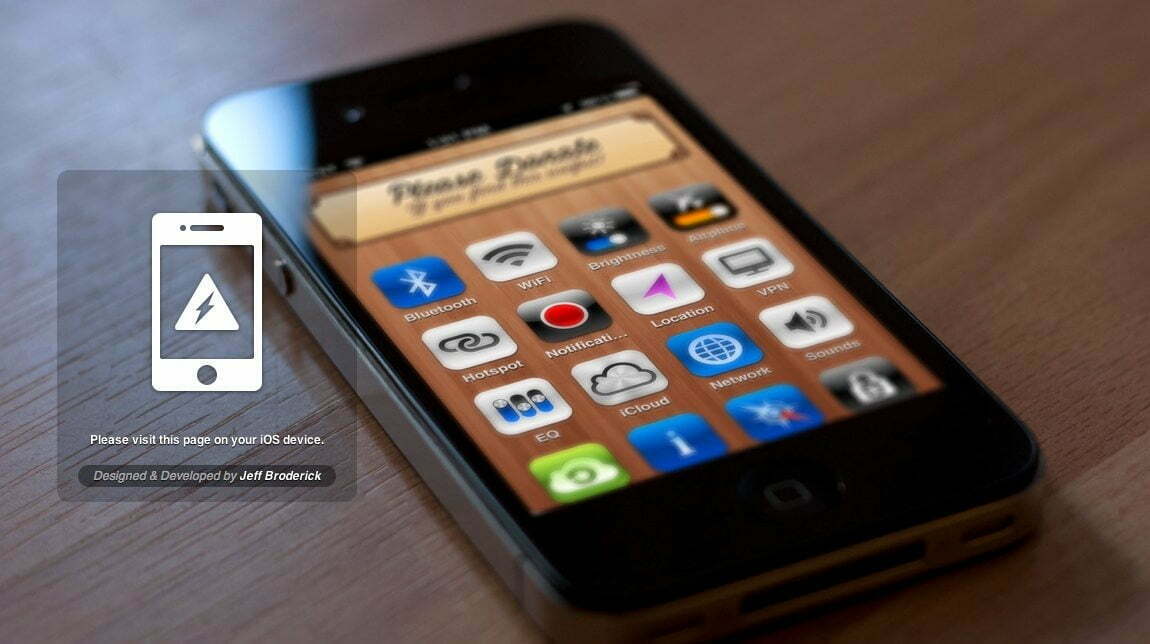
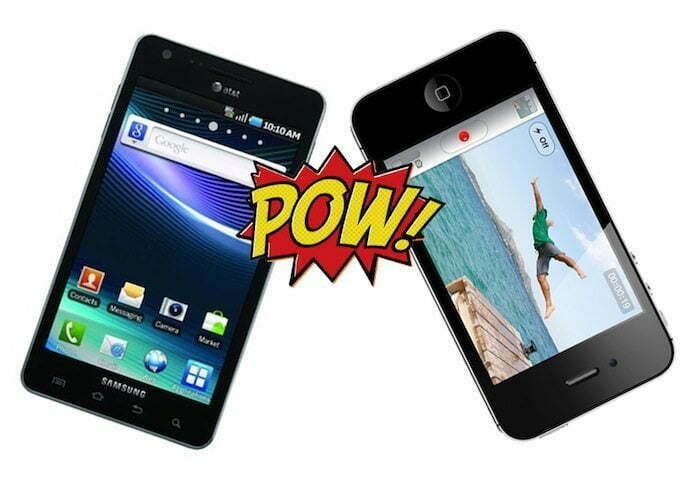




![Best iPhone in [year] ([month] Reviews) 37 Best iPhone in 2025 (December Reviews)](https://www.gadgetreview.dev/wp-content/uploads/best-iphone-image.jpg)
![Best Credit Cards with Cell Phone Insurance in [year] 38 Best Credit Cards with Cell Phone Insurance in 2025](https://www.gadgetreview.dev/wp-content/uploads/best-credit-cards-with-cell-phone-insurance-image-1.jpg)
![Best Smartphone in [year] ([month] Reviews) 39 Best Smartphone in 2025 (December Reviews)](https://www.gadgetreview.dev/wp-content/uploads/MagCase-Is-The-Worlds-Thinnest-Phone-Case-1.jpg)
![10 Best Rugged Smartphones in [year] 40 10 Best Rugged Smartphones in 2025](https://www.gadgetreview.dev/wp-content/uploads/best-rugged-smartphone.jpg)
![10 Most Secure Phones in [year] 41 10 Most Secure Phones in 2025](https://www.gadgetreview.dev/wp-content/uploads/Most-Secure-Phone.jpg)
![10 Best Selfie Camera Phones in [year] 42 10 Best Selfie Camera Phones in 2025](https://www.gadgetreview.dev/wp-content/uploads/best-selfie-camera-phone.jpg)
![10 Best Dual SIM Phones in [year] 43 10 Best Dual SIM Phones in 2025](https://www.gadgetreview.dev/wp-content/uploads/best-dual-sim-phone.jpg)
![10 Best Small Phones in [year] 44 10 Best Small Phones in 2025](https://www.gadgetreview.dev/wp-content/uploads/best-small-phones.jpg)
![10 Best Low Light Camera Phones in [year] 45 10 Best Low Light Camera Phones in 2025](https://www.gadgetreview.dev/wp-content/uploads/best-low-light-camera-phone.jpeg)
![10 Best Large Screen Phones in [year] 46 10 Best Large Screen Phones in 2025](https://www.gadgetreview.dev/wp-content/uploads/best-large-screen-phone.jpg)
